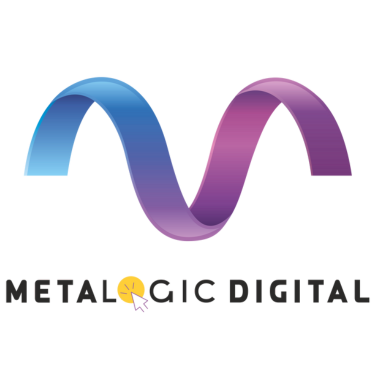1. What Makes Google Analytics 4 Different?
GA4 represents a shift in digital analytics by focusing on:
2. Leveraging Google Analytics 4 for Marketing Optimization
To get the most out of GA4, marketers need to go beyond basic metrics and tap into its robust reporting and analysis capabilities:
3. Implementing Data-Driven Attribution in Marketing Campaigns
One of GA4's standout features is its data-driven attribution model, which uses machine learning to assign value to every touchpoint along the conversion path.
4. Enhancing Audience Segmentation with GA4
Audience segmentation helps marketers tailor messages and offers to specific groups, increasing relevance and effectiveness.
5. Utilizing Cross-Platform Analysis for Comprehensive Insights
Today’s users often engage across multiple touchpoints—websites, mobile apps, social platforms, etc. GA4 allows you to unify these data streams.
6. Optimizing Marketing Strategies Using GA4 Features
GA4 is packed with features that enable continuous optimization:
How MetaLogic Digital Helps Businesses Harness GA4
At MetaLogic Digital, we help businesses unlock the full potential of Google Analytics 4 with:
Conclusion
Frequently Asked Questions
Frequently asked questions about our business plans.

01
What is the main difference between GA4 and Universal Analytics?
The GA4 uses events-based tracking, while the universal analytics are session-based. GA4 also provides increased cross-platform trekking and privacy control.
02
Can GA4 be used for e-commerce tracking?
Yes. GA4 supports e-commerce tracking through enhanced measurement and custom phenomena for procurement, ad-to-cart, and more.
03
How does GA4 handle user privacy?
GA4 is designed to support consent modes, IPConization and data retention controls, keeping in mind privacy.
04
Is it necessary to connect GA4 to Google advertisements?
While not required, connecting GA4 with Google advertisements increases your ability to create target audiences and track conversions in campaigns.


Let’s work together
Looking for expert-led digital solutions? Contact Us

